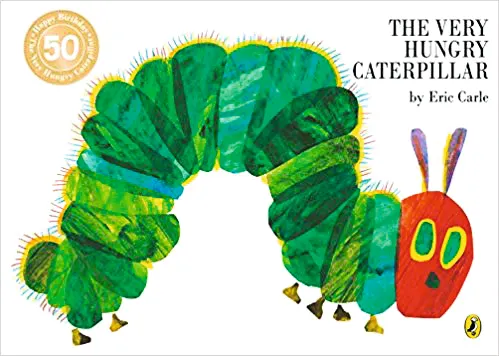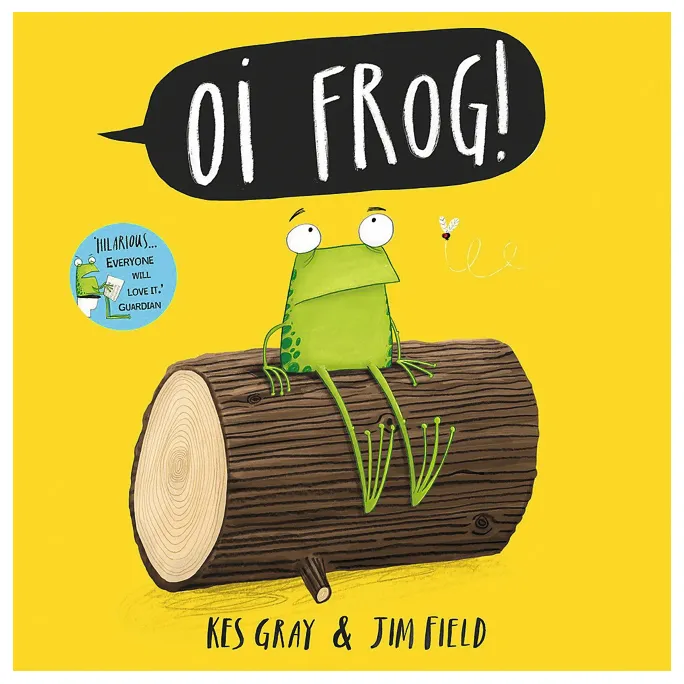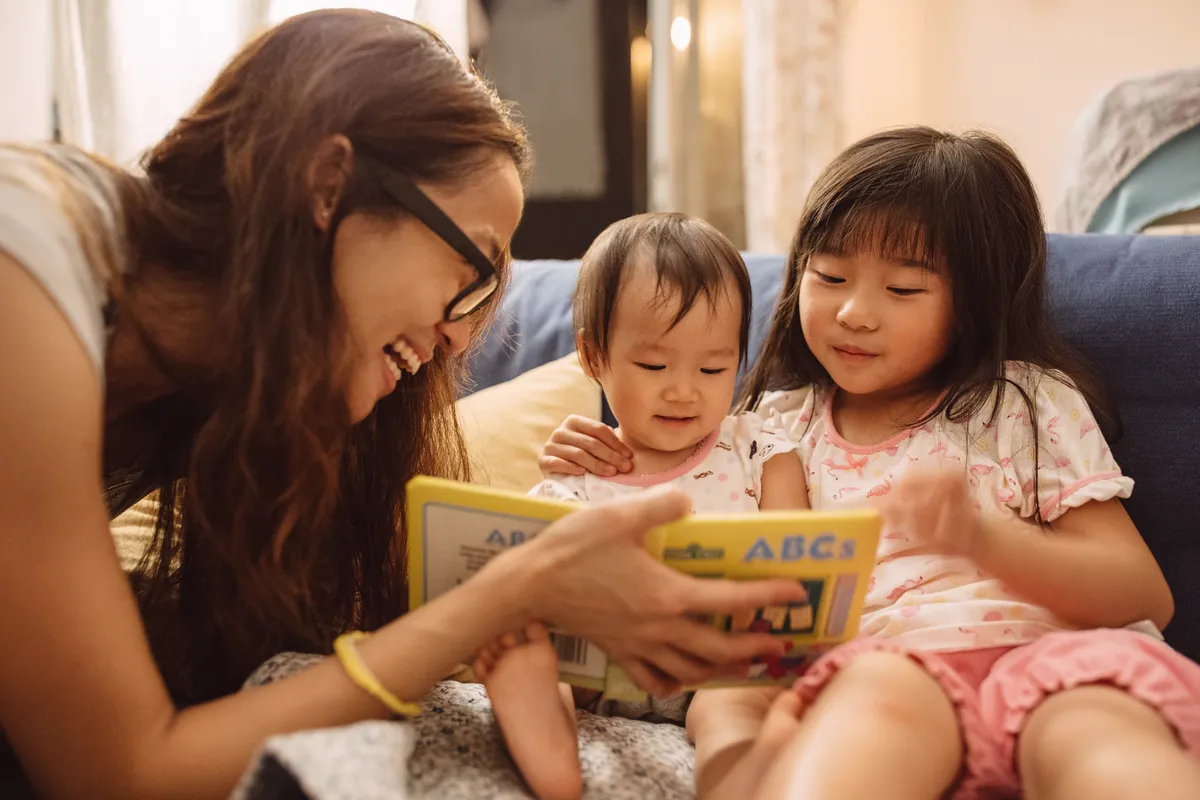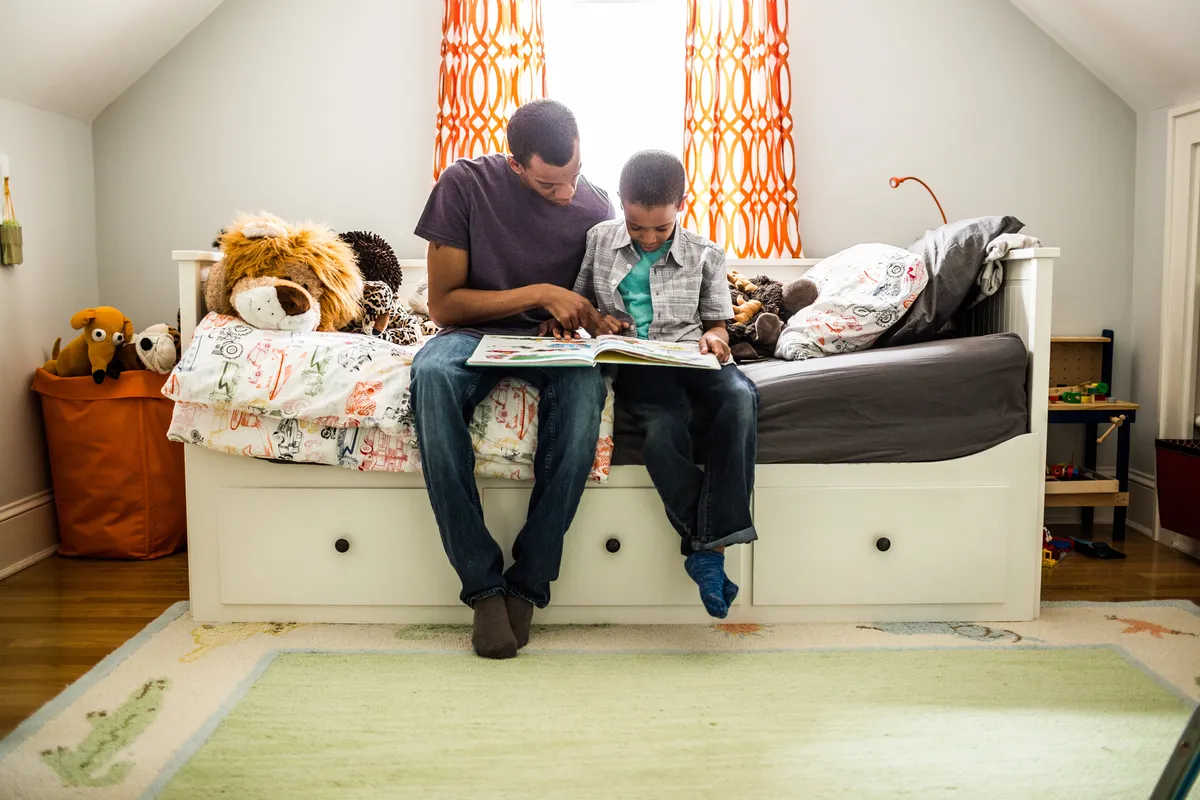To quote the immortal words of Hot Chocolate’s Errol Brown, it started with a bear. OK, that might be paraphrasing a little, and it’s unlikely the song would have been as big a hit with that title, but it works for me.
You see, when I was a nipper – and when I say nipper I mean foetus – I was introduced to a podgy bear and his woodland-based chums. It was down to my mother, who (so she claims at least – and I have no reason to disbelieve her) read Winnie the Pooh stories to me when I was but a bump in her belly.
This literary ritual continued when I moved home from womb to room, and for the first few months of life I was swaddled with tales of Pooh and Piglet, woozles and heffalumps, hyperactive tigers and depressive donkeys.
I’m far from alone in being introduced to both books and animals from a very early age – and more often than not the two go hand in paw. Along with cuddly toys and family pets, books are often a child’s first introduction to wildlife.
A quick check of the top 15 board books for babies on Amazon reveals that the following animals feature on the covers: lion, giraffe, bear, crocodile, dinosaur (do extinct creatures count?), cat, dog, duck, rabbit, squirrel, pig, cow, camel, mouse and duck-billed platypus.
Further up the age range, you’ll find a menagerie of beasts large and small populating the pages of picture and chapter books – from Eric Carle’s perennial classic The Very Hungry Caterpillar and the late Judith Kerr’s The Tiger who Came to Tea, to favourites such as Charlotte’s Web and The Animals of Farthing Wood.

It has been thus for time immemorial. Well, a good few years at least. Depending on which generation you belong to, you’ll probably have fond memories of at least one book in which animals were at the heart of the story.
Those of a more mature disposition may get a rosy glow when they see a copy of The Tale of Peter Rabbit, or one of Beatrix Potter’s other books from that world – although many children today will be as familiar with Peter, Mrs Tiggy-Winkle and co as their great-grandparents are.
Fast forward and those who were kids in the 1950s and ’60s will be fans of The Cat in the Hat or Paddington Bear. The 1970s saw the birth of Mog, the Forgetful Cat and Road Dahl's Fantastic Mr Fox, while the 1980s and beyond has seen everything from Where’s Spot? and The Sheep-Pig to The Wonky Donkey and Oi Frog!

If you have young children or grandchildren, have a gander (yes, that was intentional) at their bookshelf and it’s odds-on a hefty proportion of them will feature animals in some form – either in their natural state or as anthropomorphic stand-ins for humans. It’s a fact: where kids are concerned, animals are big business.
But why? What is it about animals that children respond to so well? And why have authors returned to them time and again over the decades, centuries even? Is it just that they’re cute and fluffy? Partly, of course – but the truth is more complex.
On an educational level, they teach kids about the characteristics of common creatures and the noises they make. Often among the first words a child will say, along with “mama” and “dada”, are animal sounds like “woof” or “moo”.
The educational element is positive in several ways, from teaching children to communicate, to making them familiar with the animal world at a very young age. While a lot of children will have cats, dogs, hamsters or goldfish in their homes, there are precious few who have a giraffe, camel, duck-billed platypus or T. rex kicking around.

How children's nature books can tackle difficult subjects
So in terms of beginning to show children that there’s a wider world of wildlife out there – one they’ll eventually encounter for real in the country, on farms and at the zoo – it’s invaluable. That wonderful moment when your little darling sees a sheep in a field for the first time, points, laughs and squeals “Shee! Shee! Baa baa!” usually occurs only because they’ve been seeing them for months in books.
Beyond the educational benefits, using animals as characters can also allow authors to tackle subjects or situations that might feel too challenging if humans were used.
In Judith Kerr’s Goodbye Mog, for instance, the titular feline shuffles off this mortal coil, leaving her humans broken-hearted. Tackling the subject of the death of a loved one would likely be a bit too much for the average five-year-old to handle had it been Grandad being taken to the vet to be put to sleep.
A beloved animal character going through that offers at least some distance from the harsh realities of loss, although it’s still a tough read. I was in absolute bits when I read it and I was 30.
Similarly, Watership Down deals with death, among other themes. And whether tackling religion, tolerance of those different from yourself (Charlotte’s Web, for example), or highlighting environmental concerns (The Animals of Farthing Wood), these stories can engage young minds without the children feeling preached to.

Animal fiction as a stealth delivery system for big thematic messages – a good or bad thing? That very much depends on the message being delivered and the views of those (or at least the parents of those) it’s being delivered to. If you’re a wicked developer intent on paving over some beautiful woodland, you probably hate The Animals of Farthing Wood!
All this said, it would, of course, be wrong to deny there’s a commercial aspect to animal books. There’s money in them thar bunnies, mice, cats, etc. That is often down to the warmth a cute, cuddly creature can bring, particularly to an illustrated picture book.
As these books are particularly used as bedtime stories, there’s something deliciously cosy about snuggling in and telling a tale of a loveable furry creature doing something sweet.
Why cute animal stories sell
Anyone who has read Sam McBratney’s timeless 1994 picture book Guess How Much I Love You can’t deny that the characters being animals elevates it to another level of “Aww, bless”. Up to 11 on the cute amp. In the story, Big Nutbrown Hare and Little Nutbrown Hare tell each other, you guessed it, how much they love each other, and the fact that they are lovely, soft, floppy-eared hares just makes it work so much better. It could have been done with a human adult and child, but it wouldn’t have been nearly as endearing or effective – or as commercially successful.
Kids respond to cute animals, which means adults do too – and that means putting their hands in their pockets and forking out for the books.
Another reason animals prove popular is the potential for humour. Kids love anything that makes them giggle, and adults are happy to pay to hear that sound.
Throughout the ages, animal characters have made children – and adults – laugh. There’s just something inherently funnier about an animal being droll, dopey or indulging in slapstick. It’s the long ears, necks or legs, the horns, the trunks, the size differences. The combination of familiarity and ‘otherness’ that animals lend to a story can really ramp up the opportunities for hilarity, either in pictures or in prose.

Going back to the early days of children’s literature we have the silly surrealism of the grinning Cheshire Cat in Alice’s Adventures in Wonderland, the ridiculous pomposity of Toad in The Wind in the Willows and the knock-kneed whimpering of the Cowardly Lion in The Wizard of Oz.
In more modern times, we’ve seen the deadpan bear searching for his hat in Jon Klassen’s This is Not my Hat, an exasperated mouse (and another bear) in Ross Collins’ hilarious There’s a Bear on my Chair and Dog Man by Dav Pilkey of Captain Underpants fame. Funny sells and animals sell – it’s the perfect combination.
The issue of anthropomorphism in children's nature books
So is this a cynical and superficial use of our furry friends to feather the nest of the book industry? Some may say so, but if the side-effect is that our children are surrounded by animals in story form from tot to teen, isn’t that justification in itself?
Doesn’t it make them more likely to become animal lovers as they grow up if they see them as more than just beasts and birds, and instead have a sense of creatures as characters?
One question this raises is that of the effect – both positive and negative – of anthropomorphism. Are some animals given an unfairly bad press when it comes to taking on human characteristics in books, for instance? Does the wolf in Little Red Riding Hood really reflect the actual character traits of wolves? Are they really so mean that they’d dress up as a dead grandmother to trick a small girl into becoming dinner? Similarly, the wolf in The Three Little Pigs isn’t portrayed as an amiable fellow intent on helping the diminutive porcine trio with a spot of DIY.

Does this have an effect in forming opinions in young minds regarding real-life animals that might last into later life and skew the way some animals are viewed? Or is that taking things too far? Perhaps not – even in adulthood many still regard foxes as cunning (Pinocchio, The Tale of Jemima Puddle-Duck), mice as nice (The Gruffalo, Stuart Little) and rats as rotten (Scabbers in Harry Potter).
In applying human traits to certain animals, perhaps we do them a disservice, or at least mislead small readers in terms of thinking of some animals as good and some as bad when all animals are, of course, neutral.
And so I come to my own work. In writing this piece I’ve examined for the first time my motivations for focussing some of my picture books on animals. Why have I used mice, gorillas and assorted other creatures in my work?
Well, I have to admit that Bedtime for Tiny Mouse was a decision born out of sheer cuteness. It’s a tiny mouse! Who can’t sleep! Who gets a lullaby sung to him! Come on, people – have a heart. And Gorilla Loves Vanilla? The book was set in an ice cream parlour. You tell me another animal that rhymes with ‘vanilla’. Sometimes the answer really is that simple.
Main image: Child reading picture books. © Getty
